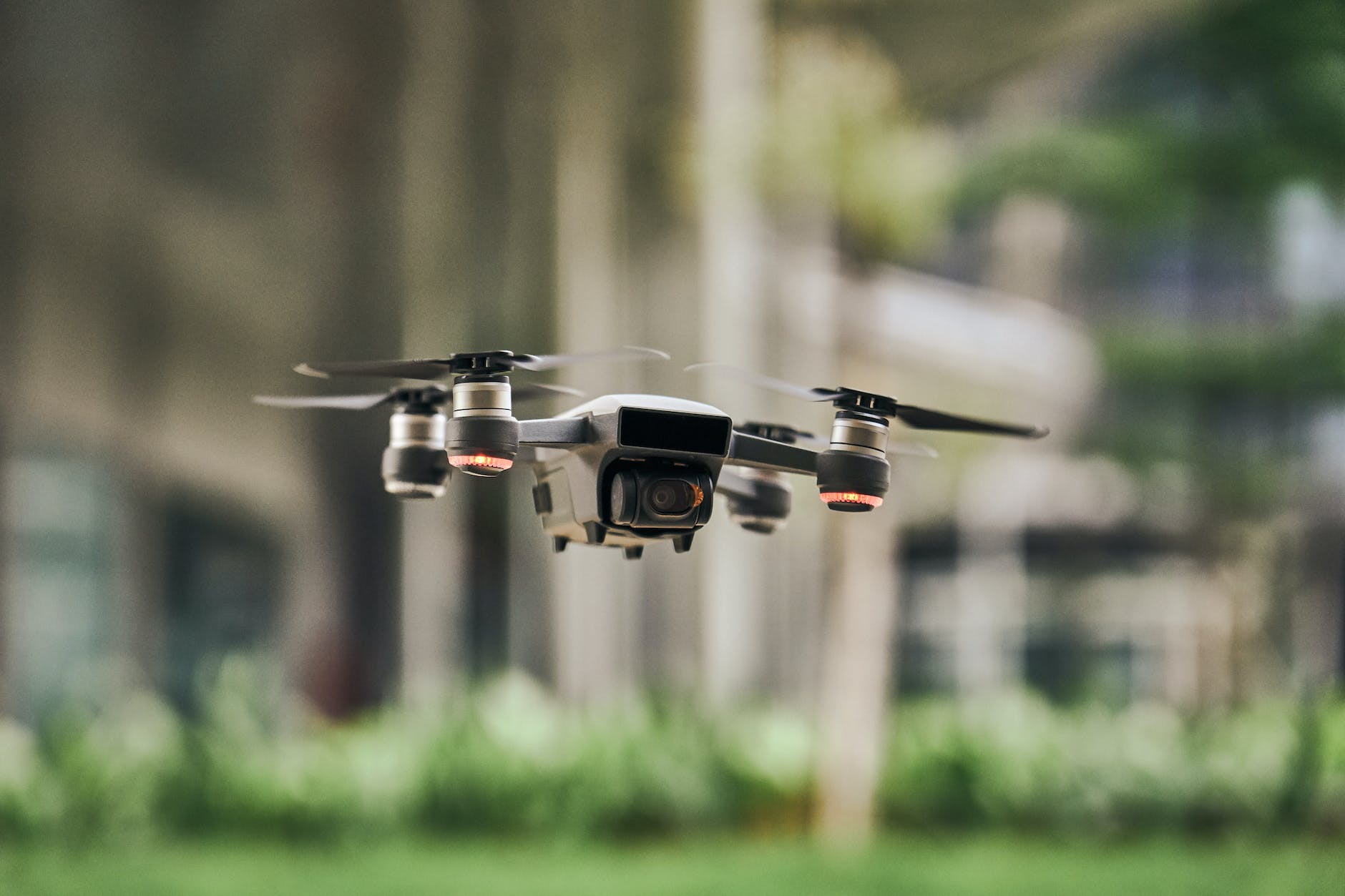Last mile delivery is a critical aspect of the supply chain that involves the movement of goods from a distribution center or fulfillment center to their final destination—the customer’s doorstep. Despite being the shortest leg of the logistics journey, last mile delivery plays a pivotal role in shaping the overall customer experience and satisfaction.
In this comprehensive exploration, we delve into the nuances of last mile delivery, uncovering its significance, challenges, and the innovative solutions transforming this crucial phase of the supply chain.
The Significance of Last Mile Delivery
In today’s fast-paced and convenience-driven world, last mile delivery has emerged as a game-changer for businesses seeking to differentiate themselves in a competitive marketplace. As the final touchpoint between a brand and its customers, this last mile presents a unique opportunity to leave a lasting impression and foster customer loyalty.
According to a survey, 87% of consumers say that a positive delivery experience positively impacts their decision to repurchase from the same company.
The Challenges of Last Mile Delivery
While last mile delivery offers immense potential, it also comes with its fair share of challenges that can make or break the customer experience. Some of the key hurdles faced by logistics providers include:
1. Traffic Congestion and Urbanization:
Navigating through congested city streets and densely populated urban areas can lead to delays and logistical complexities.
2. Cost Optimization:
The cost of last mile delivery can be disproportionately high compared to other segments of the supply chain, putting pressure on businesses to find cost-effective solutions.
3. Parcel Theft and Security:
The vulnerability of packages during the last mile can lead to theft and damage, necessitating robust security measures.
4. First-Time Delivery Success:
Ensuring successful first-time deliveries is crucial to avoid additional expenses and enhance customer satisfaction.
Innovative Solutions Transforming Last Mile Delivery
To address these challenges and elevate the last mile delivery experience, the logistics industry is embracing a range of innovative solutions and cutting-edge technologies.
The adoption of delivery drones and autonomous vehicles for last mile delivery is expected to reduce delivery costs by up to 40%.
1. Delivery Drones and Autonomous Vehicles
The use of delivery drones and autonomous vehicles is gaining traction, promising faster, more efficient, and environmentally friendly last mile deliveries.

2. Micro-Fulfillment Centers
Micro-fulfillment centers positioned closer to the end-consumer enable faster and more cost-effective last mile deliveries, especially in urban areas.
Below is a case study for a company, ABC Retail (name redacted)
Case Study: ABC Retail’s Micro-Fulfillment Center Success Story
Introduction
ABC Retail, a leading e-commerce company, recognized the need to improve its delivery times and customer satisfaction rates. To achieve this, they decided to implement micro-fulfillment centers in strategic locations across the country.
The Challenge
ABC Retail was facing a significant challenge in meeting customer expectations for fast delivery times. Their existing fulfillment centers were located on the outskirts of major cities, leading to longer delivery times. This was affecting customer satisfaction and impacting repeat purchase rates.
The Solution
To address this, ABC Retail implemented a network of micro-fulfillment centers in urban areas. These smaller, automated warehouses were strategically located closer to customers, enabling faster order processing and delivery.
Implementation
ABC Retail identified high-demand areas and set up micro-fulfillment centers in these locations. They integrated advanced automation technology to streamline order picking and packing. The company also trained their staff to manage these centers effectively.
Results
- Improved Delivery Times: With the micro-fulfillment centers in place, ABC Retail significantly reduced its delivery times. Orders were now being delivered within a few hours of being placed, compared to the previous 1-2 day delivery timeframe.
- Increased Customer Satisfaction: The faster delivery times led to a substantial increase in customer satisfaction. ABC Retail saw a 30% increase in positive customer reviews and a 25% increase in repeat purchases within six months of implementing the micro-fulfillment centers.
- Reduced Costs: By reducing the distance traveled for deliveries, ABC Retail also saw a decrease in delivery costs. This allowed them to invest more in customer service and product development.
A Game Changer
ABC Retail’s implementation of micro-fulfillment centers proved to be a game-changer. It not only improved delivery times but also significantly enhanced customer satisfaction. This case study demonstrates the potential of micro-fulfillment centers as a viable solution for e-commerce businesses looking to improve their delivery performance and customer service.
3. Delivery Lockers and Smart Parcel Boxes
Convenient delivery lockers and smart parcel boxes offer customers flexibility in receiving their packages, reducing the risk of failed deliveries.
Delivery Lockers and Smart Parcel Boxes
In the evolving landscape of e-commerce, last-mile fulfillment has become a critical factor in customer satisfaction. Delivery lockers and smart parcel boxes are innovative solutions that are revolutionizing this crucial stage of the supply chain. They offer a blend of convenience and security that traditional delivery methods often lack.
Convenience of Delivery Lockers and Smart Parcel Boxes
One of the primary advantages of delivery lockers and smart parcel boxes is the convenience they offer to customers. Unlike traditional home delivery, these solutions allow customers to pick up their packages at their convenience, eliminating the need to wait at home for a delivery.
Delivery lockers are typically located in accessible locations such as shopping centers, apartment complexes, and transit stations. Customers receive a unique code or QR code when their package is delivered to a locker, which they can use to retrieve their items at any time.
Similarly, smart parcel boxes are often installed at customers’ homes or workplaces. These boxes can securely hold packages until the customer is ready to retrieve them, providing a flexible delivery option that fits into the customer’s schedule.
Security of Delivery Lockers and Smart Parcel Boxes
In addition to convenience, delivery lockers and smart parcel boxes also provide enhanced security. The risk of package theft is a significant concern for both online retailers and customers. Delivery lockers and smart parcel boxes address this issue by providing a secure location for package storage.
Delivery lockers are typically monitored and are designed to be tamper-resistant, providing a secure environment for package storage. Similarly, smart parcel boxes are often equipped with security features such as locks, durable construction, and even video surveillance capabilities.
Furthermore, the use of unique codes or QR codes for package retrieval adds an additional layer of security. Only the customer with the correct code can access the package, reducing the risk of theft or misdelivery.
The Future of E-commerce: Embracing Delivery Lockers and Smart Parcel Boxes
In an era where e-commerce is booming, last-mile fulfillment solutions like delivery lockers and smart parcel boxes are becoming increasingly important. By offering a blend of convenience and security, these innovative solutions are enhancing the customer experience and transforming the way online purchases are delivered. As e-commerce continues to grow, we can expect these solutions to become even more prevalent in the future.
4. Collaborative Last Mile Solutions
Collaborative efforts among logistics providers, retailers, and technology companies create synergies that optimize last mile delivery.
1. Amazon and Whole Foods:
In 2017, Amazon acquired Whole Foods, a move that significantly expanded its physical retail footprint. This acquisition has allowed Amazon to implement a variety of last-mile delivery initiatives. For example, Amazon Prime members in select cities can now receive grocery deliveries from Whole Foods within a two-hour window. This partnership has not only improved Amazon’s last-mile delivery capabilities but also enhanced customer convenience and satisfaction.
2. DHL and Smart:
DHL Express and Smart, the car manufacturer, collaborated in Germany to launch a car trunk delivery service. The service allows DHL to deliver parcels to the trunks of Smart cars, providing a secure and convenient delivery option for customers who may not be home to receive their packages. This initiative has shown that collaborations between different industries can lead to innovative last-mile delivery solutions.
3. FedEx and Walgreens:
FedEx and Walgreens partnered to offer FedEx pickup and drop-off services at thousands of Walgreens locations across the United States. This collaboration has expanded FedEx’s last-mile delivery network and provided customers with a convenient and flexible option for receiving and returning packages.
4. UPS and CVS:
UPS partnered with CVS Pharmacy to deliver prescription medicines to residents in a retirement community in Florida using drones. This initiative demonstrated the potential of drone technology in last-mile delivery, particularly in situations where speed and convenience are paramount.
5. Postmates and Ford:
Postmates and Ford collaborated on a pilot project in Miami and Miami Beach, Florida, to test autonomous vehicles for delivery services. The project aimed to understand how merchants and customers interact with self-driving delivery vehicles. The insights gained from this collaboration could shape the future of last-mile delivery in the logistics industry.
These examples highlight the potential of collaborative initiatives in improving last-mile delivery services. By leveraging the strengths and capabilities of different partners, businesses can enhance their delivery networks, improve customer satisfaction, and gain a competitive edge in the market.
Final Thoughts
Last mile delivery stands as a pivotal moment in the customer journey, capable of either elevating a brand’s reputation or leaving it susceptible to negative feedback. By understanding the significance of last mile delivery, acknowledging the challenges, and adopting innovative solutions, businesses can transform this critical phase of the supply chain into a competitive advantage.
In conclusion, last mile delivery is the final frontier of the logistics journey, where customer satisfaction and loyalty are won or lost. By embracing cutting-edge technologies, innovative strategies, and collaborative partnerships, logistics providers can ensure seamless, efficient, and memorable last mile deliveries. So, embark on the journey of redefining last mile logistics, and witness your business soar to new heights of customer delight and success.



